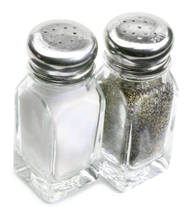I recently received this email from a Mortgage Porter subscriber:
Do different banks need different underwriting documents? I am talking to two lenders now, and one will give me a lower rate but asks for the bank statement from my family which wires me money; the other one has a higher rate but only needs a gift letter. Is it because some banks are more strict because of their lower rate? Thanks.













Recent Comments